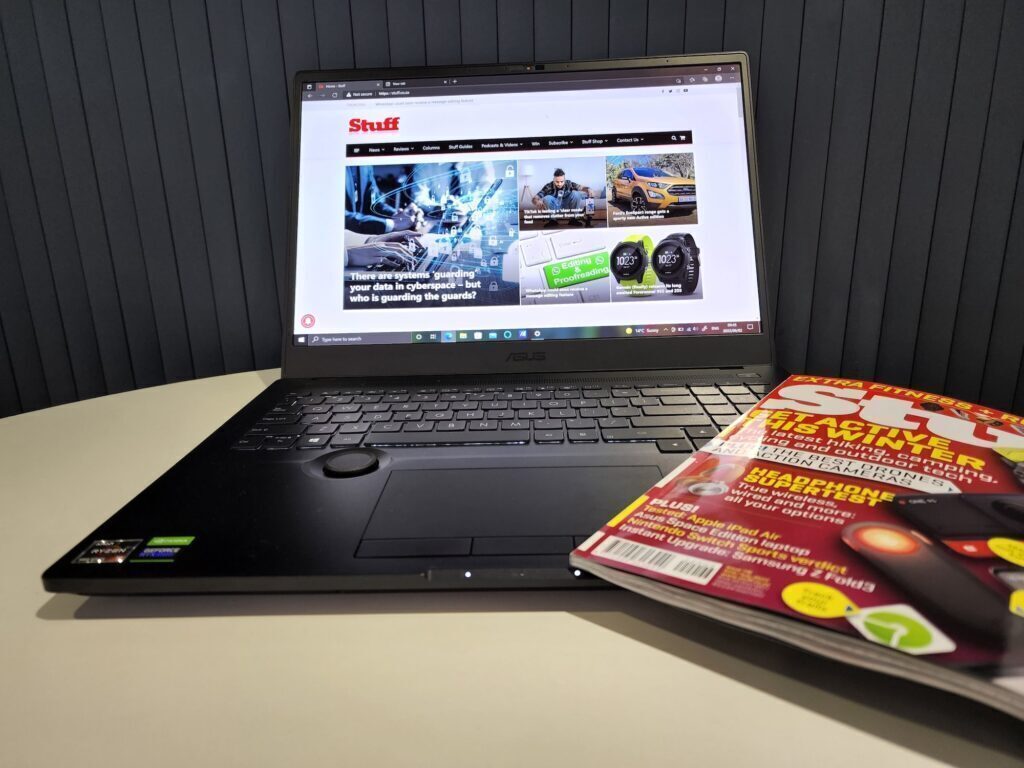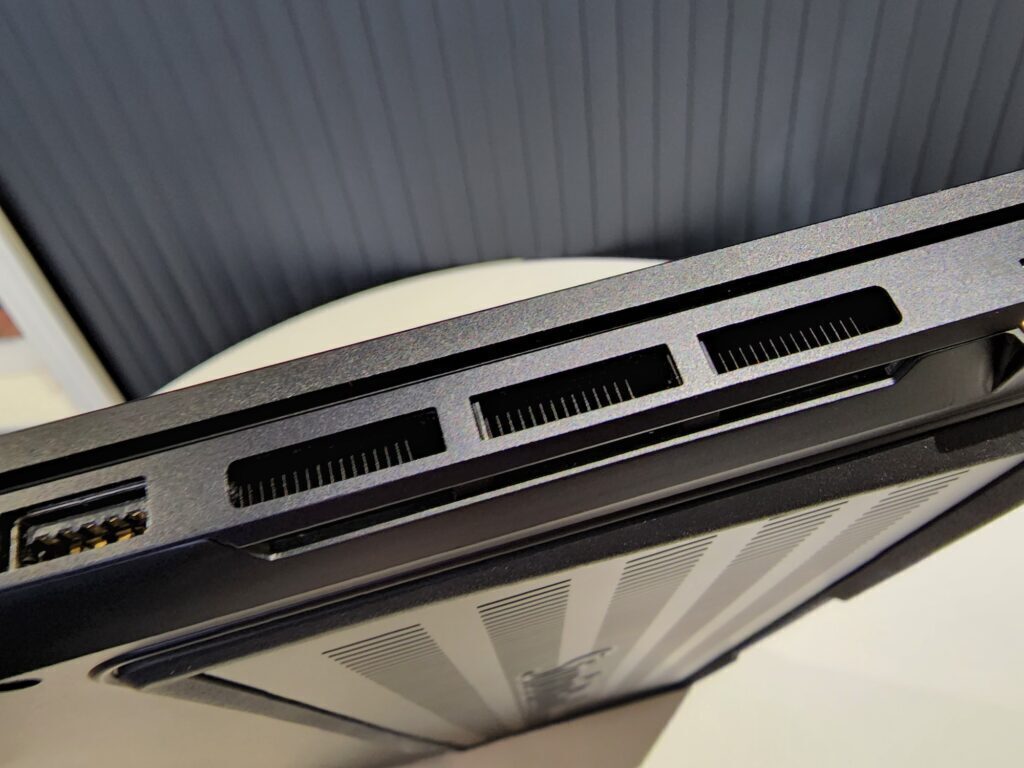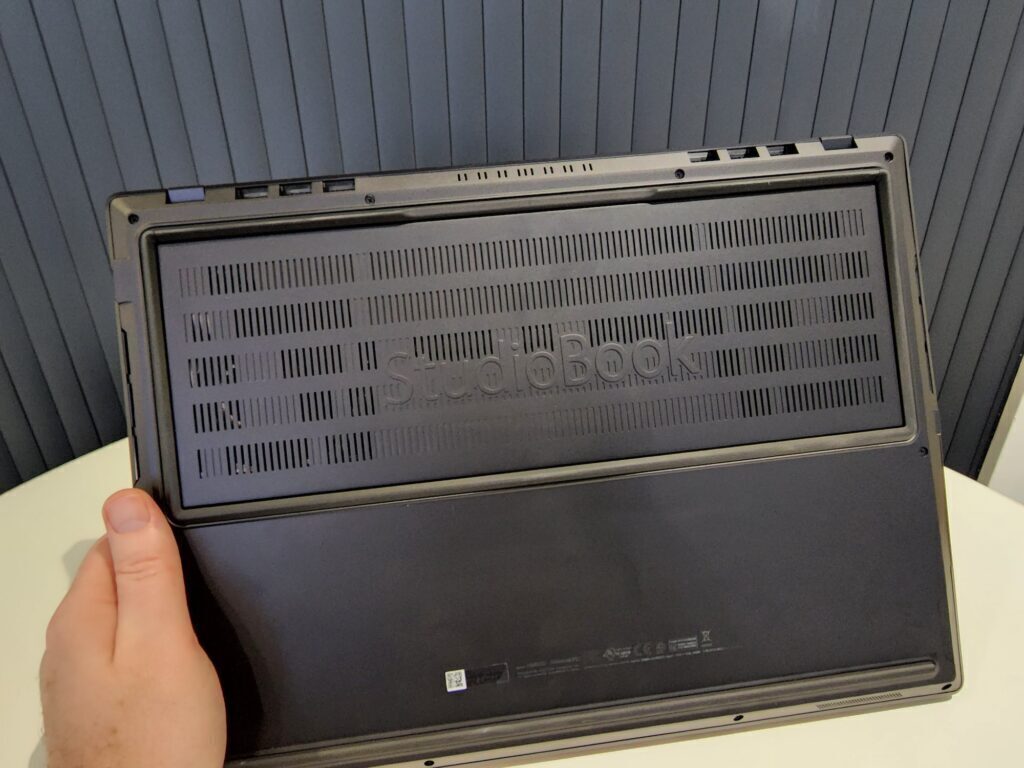It really depends on how far you want to go with Asus' ProArt Studiobook 16. The base model is affordable enough and retains some key features, but when you're going all-out creator on this lineup, you can expect the price to climb up to Apple Mac Pro levels rather quickly.
-
Design
-
Display
-
Performance
-
Price
-
Features
Looking back over the last few weeks on Stuff, we certainly seem to be ploughing through Asus’ notebooks. That’s probably because the company insists on lobbing them our way. And that’s fine because we got to spend time with the Asus ProArt Studiobook 16 OLED. Which, if you’ll notice, has a ‘Pro’ designation. That’s got to mean something, right?
It’s probably marketing-related, though. It doesn’t really mean anything. Otherwise, Apple will eventually release the iPhone Pro Max: Maximum Pro Edition one of these days. But it does indicate that the Asus ProArt Studiobook 16 is designed for something… quite specific.
Art student
The clue’s in the name, right? The ProArt bit specifically. That, and the additional doodads on the keyboard. We’ll get to that in a moment. On the face of it, this Studiobook 16 is quite a chunk of machinery. And we mean that literally. It feels like a substantial chunk of metal in your hands. Around 2.5kg of it, in fact. It’s tasteful enough, in a Brutalist sort of way. The ProArt is a weight of well-machined bevels, surrounded on most sides by the kind of vents that would make Solid Snake start breathing heavily.
It’s also toting all the bits. The major complaint in recent years about Apple’s creator hardware is the lack of ports. Here, there are at least enough. Along the left side, you’ll find a USB-A, an HDMI, dual Thunderbolt 4 (USB-C) ports, and the power jack. The right hosts a full ethernet port, a USB-A, a 3.5mm port, and space for an SD card. That’s enough to get the basics rolling, with a few to spare if you really feel the need to expand via USB-C.
Stars of the show
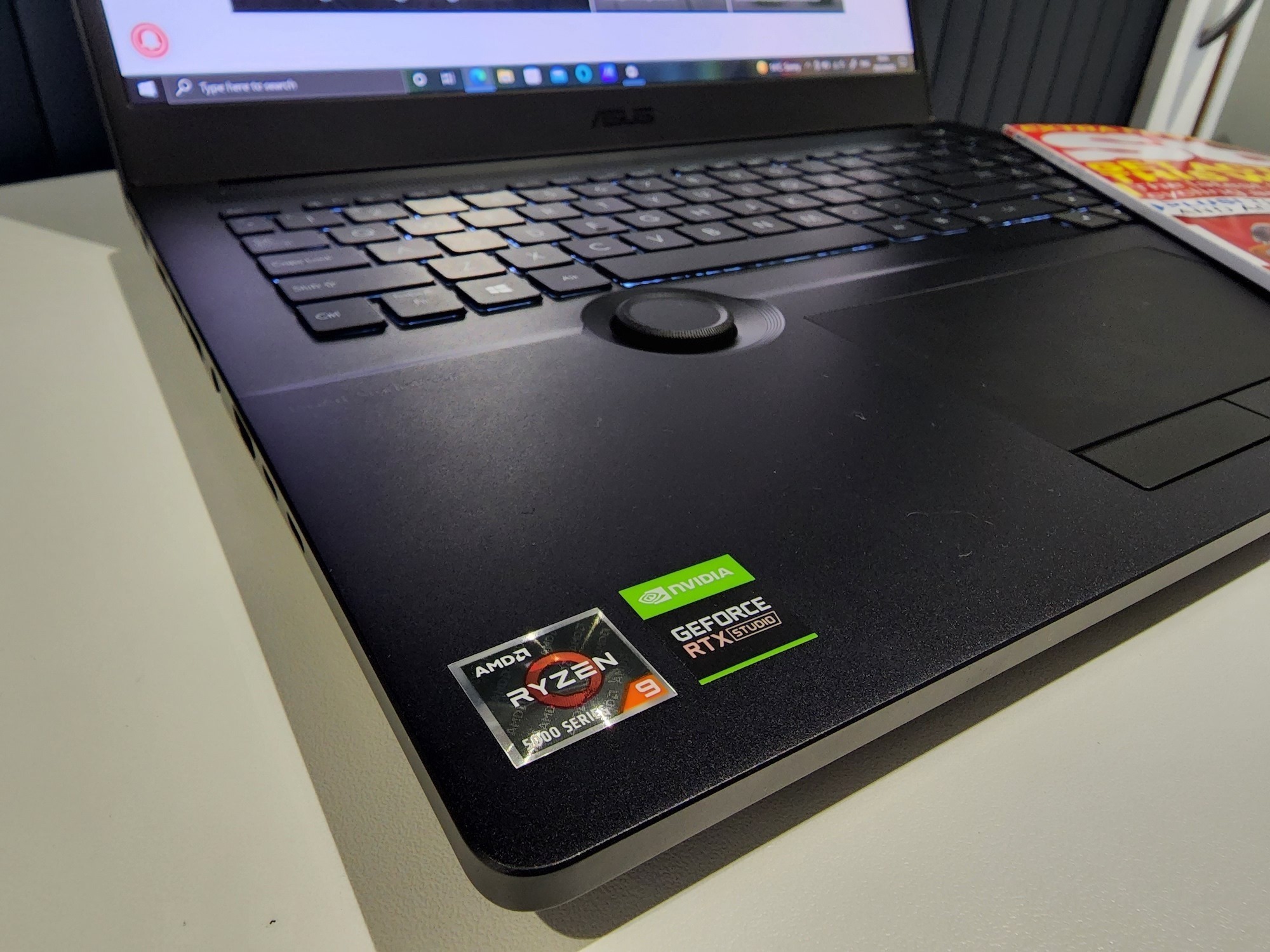 There are a couple of standouts here. Asus has gone all-in on its OLED displays, and that’s no different for this 16in 4K panel. We’ve marveled over other recent Asus OLED screens. Nothing has changed. Even the basic version of this notebook shares this excellent screen. The other is the Asus Dial, a custom peripheral designed to work with Adobe Creative Suite. It’s a little like Apple’s Touch Bar, from the older MacBook Pro, in that it’s context sensitive. It’ll perform different functions depending on where you are.
There are a couple of standouts here. Asus has gone all-in on its OLED displays, and that’s no different for this 16in 4K panel. We’ve marveled over other recent Asus OLED screens. Nothing has changed. Even the basic version of this notebook shares this excellent screen. The other is the Asus Dial, a custom peripheral designed to work with Adobe Creative Suite. It’s a little like Apple’s Touch Bar, from the older MacBook Pro, in that it’s context sensitive. It’ll perform different functions depending on where you are.
And it’s like the Touch Bar in that most regular users… won’t ever need to mess with it. Oh, it’ll do a couple of things in Windows 11 when you twirl the satisfying dial, but don’t expect much action unless you’re roaming the Adobe wastelands, looking for a few good designers. It’s this feature, more than anything else, that marks the Asus ProArt Studiobook 16 as a one-note device.
Everyone’s a critic
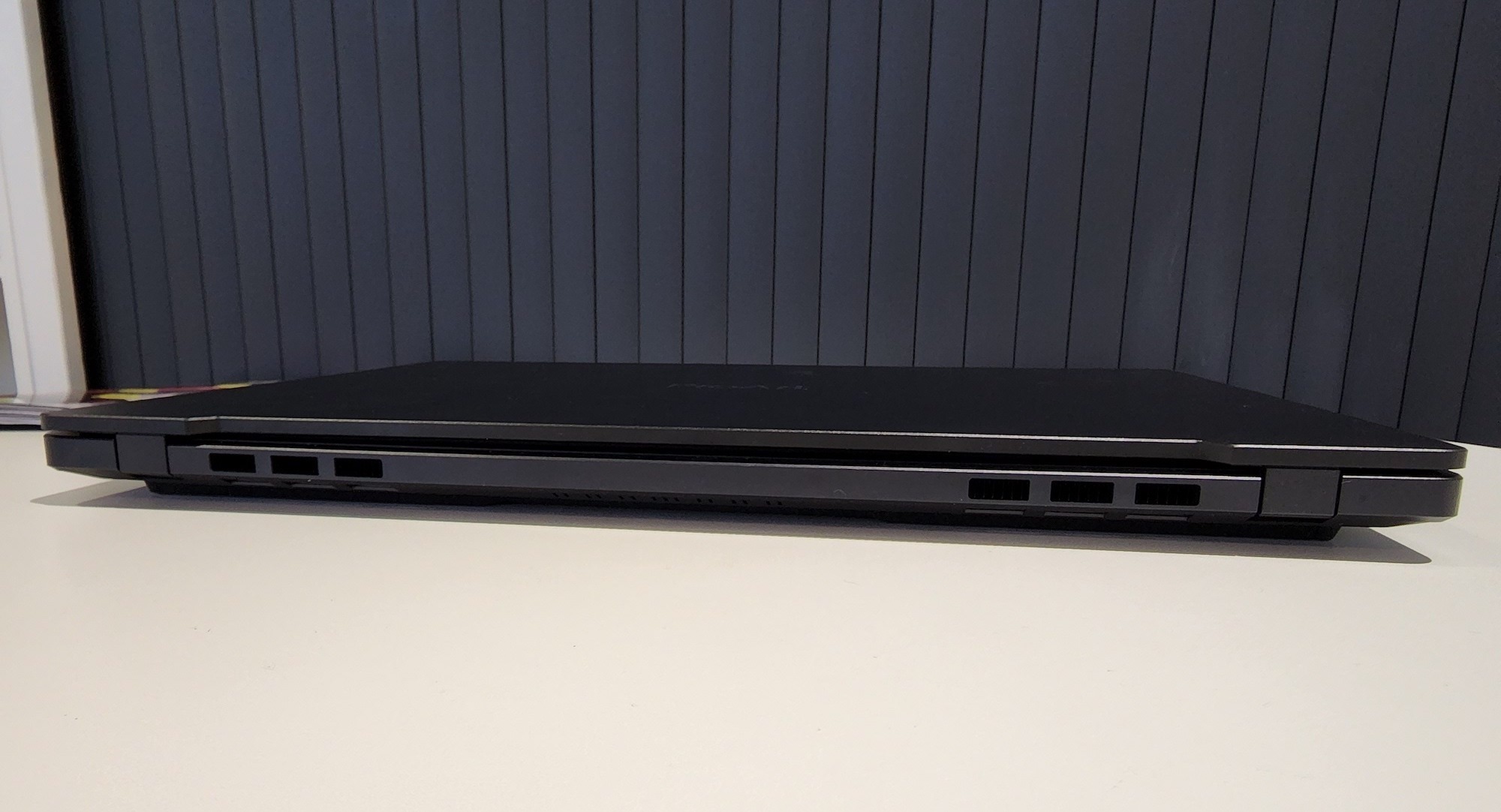 And that’s because a bunch of stuff has been moved aside to make room for the dial. The keyboard feels a little more cramped than it should. The trackpad — one of the best we’ve felt in years — is also a tad truncated, but far less so than the chiclet keyboard. It’s a pity, because, minus the custom hardware, this build and the entry-level spec would have made for an excellent general-purpose machine.
And that’s because a bunch of stuff has been moved aside to make room for the dial. The keyboard feels a little more cramped than it should. The trackpad — one of the best we’ve felt in years — is also a tad truncated, but far less so than the chiclet keyboard. It’s a pity, because, minus the custom hardware, this build and the entry-level spec would have made for an excellent general-purpose machine.
But once you’ve scaled it up to our review machine’s specs, it’s only out to do one thing. Edit video, or other large and unwieldy files. The base Studiobook 16 runs a mere Ryzen 5 processor with 8GB of RAM and 512GB of storage. As a design machine, that’s not enough. Not even with the RTX 3050 Ti in the back seat.
But our review machine — an AMD R9-5900HX, with 32GB of RAM and 2TB of SSD storage — will chew frames and spit videos rather easily. Asus will also double that RAM spec and quadruple the storage, if you ask nicely (and have loads of cash to throw at it). Our review model also arrived with an RTX 3070 pushing pixels. It’s a little concerning that we can’t find one of these models locally — the best we can source has an RTX 3060. Even so, you’re looking at between R40,000 and R50,000 for one of these. If you’re a creative type, you should probably be paying very close attention. But if you’re not… then you can safely look elsewhere. You can have all the good bits for cheaper, with none of the fluff.
Asus ProArt Studiobook 16 verdict
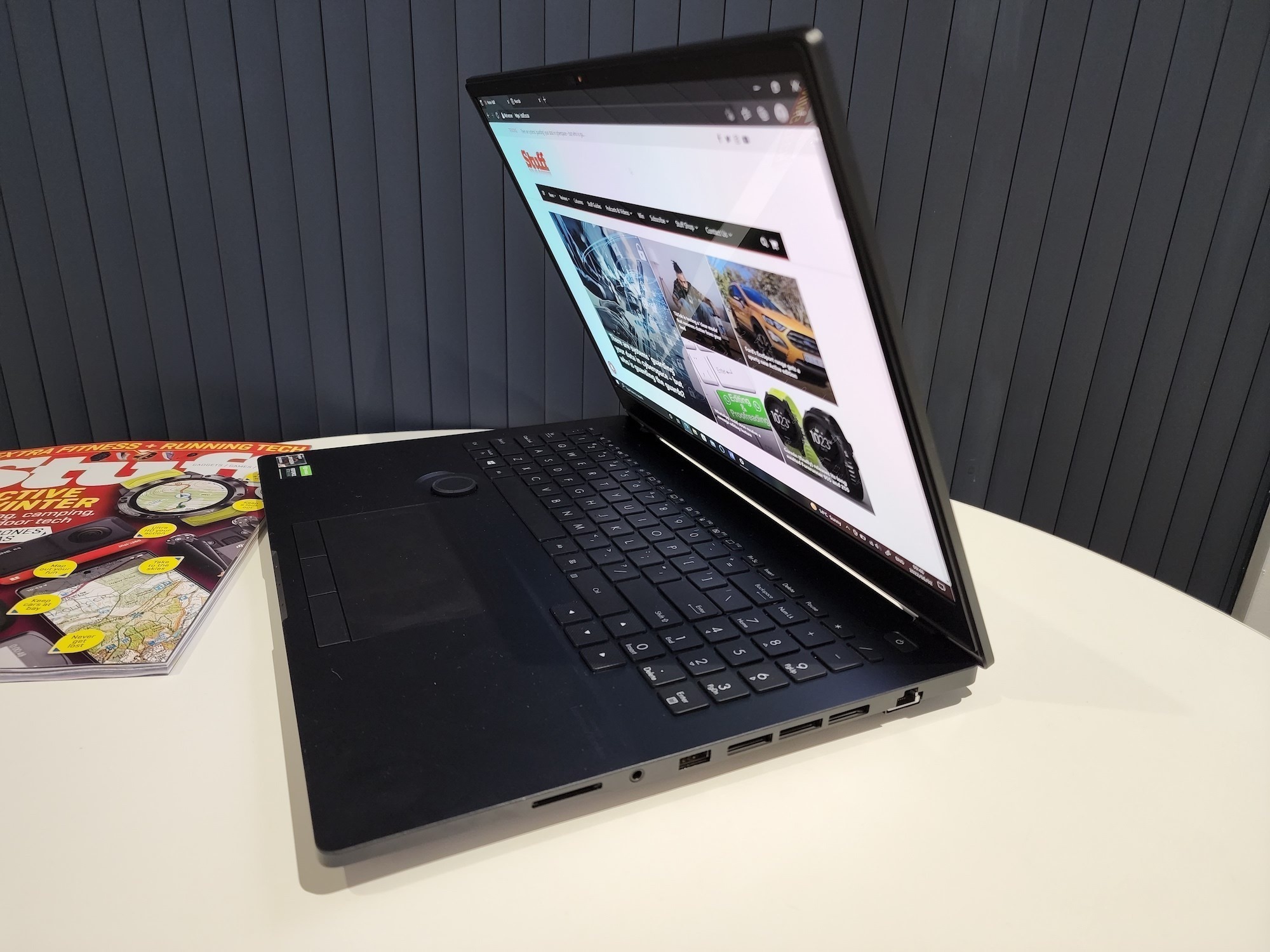 If you jump in at the bottom end of the scale, then the ProArt Studiobook 16 seems almost reasonable. R30,000 buys you a mere 8GB of RAM and 512GB of storage, but you also get the 4K OLED screen and the knobs and dials that make this one attractive to creators. But then you’re missing out on the raw power needed to make those bits more than just a curiosity. Jump up to R45,000, and you’ll encounter something a little closer to our review machine. 2TB of SSD storage and 32GB of RAM in a Windows-based creator notebook, though, might not be enough. If that’s the case, you might be better off splurging around R72,000 for the 8TB SSD/64GB RAM version. But if you’re going that far, a few thousand extra nets you the Mac Studio. Yes, you need to buy a monitor and all that other wonderful stuff. But it’ll play a little nicer with all the 8K video editing you’re almost certainly doing.
If you jump in at the bottom end of the scale, then the ProArt Studiobook 16 seems almost reasonable. R30,000 buys you a mere 8GB of RAM and 512GB of storage, but you also get the 4K OLED screen and the knobs and dials that make this one attractive to creators. But then you’re missing out on the raw power needed to make those bits more than just a curiosity. Jump up to R45,000, and you’ll encounter something a little closer to our review machine. 2TB of SSD storage and 32GB of RAM in a Windows-based creator notebook, though, might not be enough. If that’s the case, you might be better off splurging around R72,000 for the 8TB SSD/64GB RAM version. But if you’re going that far, a few thousand extra nets you the Mac Studio. Yes, you need to buy a monitor and all that other wonderful stuff. But it’ll play a little nicer with all the 8K video editing you’re almost certainly doing.

